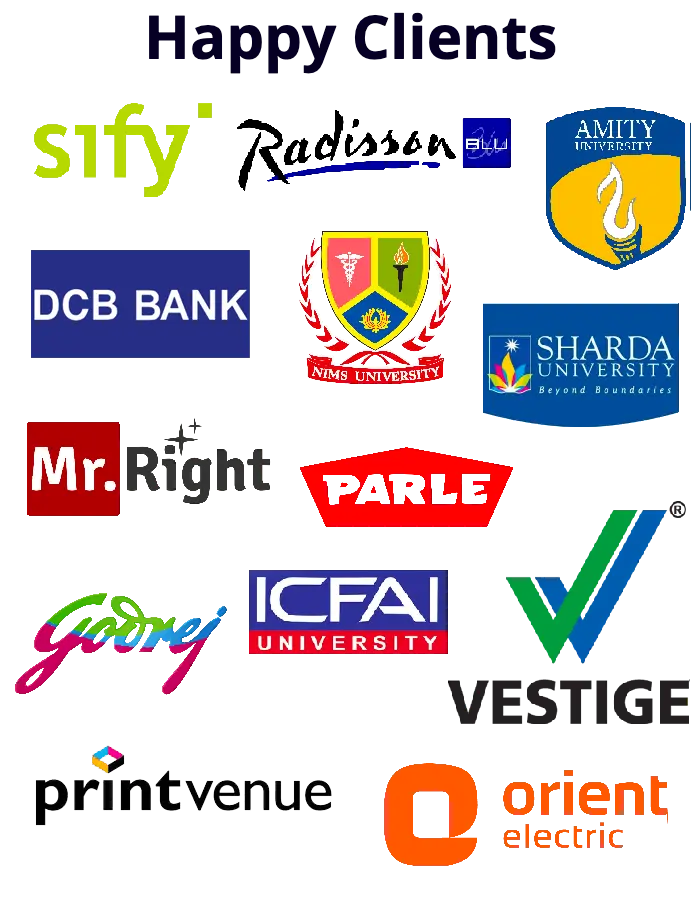What is a soft and hard bounce in email marketing?
All bounces divided into two main categories. When you open up an Email Marketing Campaign report, you will notice 2 bounced tabs – soft bounce and hard bounce.
A soft bounce is an email message that gets as far as the recipient’s mail server (Email Marketing India) but bounced back undelivered before it gets to the intended recipient. It is a temporary issue.
A hard bounce is an email message that has been returned to the sender and is permanently undeliverable.
Soft bounce reasons
Here are the possible reasons for soft bounces and how to deal with them:
Full mailbox
Some of your recipients’ mailboxes (Email Marketing India) have limitations in terms of capacity. If this limit reached, your newsletter (Email Marketing India) will be bounced back. The subscriber will remain active in your account and you can try resending the campaign (Email Marketing) to this subscriber the next day.
Server timeout
As servers are not 100% issue-proof, sometimes the message will not be delivered. It can happen due to recipient’s server being overloaded, temporarily unavailable or under maintenance. In such case, we recommend resending the campaign to such recipient at a later time.
Message too large
Although this normally never happens, some recipients’ inboxes might have sensitive filters, that restrict the message size. Check your email marketing campaign, make sure it’s not a kilometer long heavily loaded with huge images and .gif files.
An important thing to note is that in Mailcot a soft bounced email address will remain active. However, after soft bouncing for 5 consecutive times, it will become hard bounce and inactive.
Hard bounce reasons
Here are the popular hard bounce reasons:
Email address does not exist
This is the most common hard bounce reason. Normally this happens if the email address has a typo in it or the owner has disabled the address or maybe switched providers. If you notice a lot of hard bounces in your first email marketing campaign to a new list – you will have to verify the rest of the list with an online email validation tool.
Email blocked by recipient’s server
Some corporate, government, institutional domains have stricter spam filter settings. While sometimes your sender domain authentication can solve the issue if you still blocked – contact the recipient and ask to add your sender email address to their inbox address book.
Tips and general advice
Bounces, especially hard ones, are actually damaging your sender reputation. If your bounce rate is high (above 5%), it means that you also have a lot of non-existing email addresses in your database.
By sending to a non-existing email address you can hit a spam trap. This would result in a significant damage in terms of deliverability. Your campaigns would land into a spam folder and some stricter spam filters might block them altogether.
Therefore:
- Always make sure you are uploading only active subscribers when moving from another ESP.
- Always use double opt-in to collect email addresses. It will discard fake email addresses (sometimes recipients enter fake email addresses in order to just receive freebies) via confirmation link that sent to the recipient during the opt-in and it may resolve a lot of issues.
- If you haven’t sent a single campaign to a list for more than a year – it’s a good idea to validate that list.
- Use a trustworthy email validation tool, such as NeverBounce. Cheap or free tools are not reliable.
- If you think there’s a mistake with a particular hard bounced email – contact us and we’ll check the bounce log.
- Use reliable opt-in tools to collect subscribers. Don’t use purchased, rented, publicly available or 3rd party lists.




